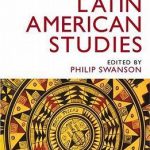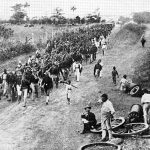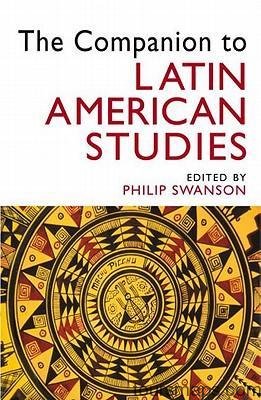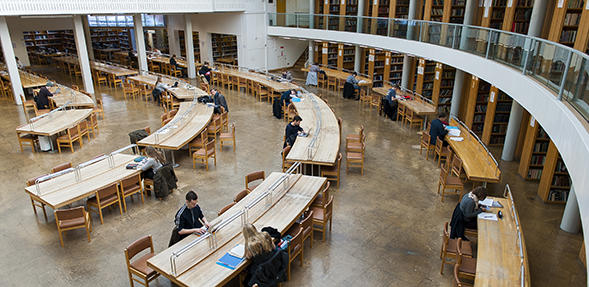The early Latino presence in the nation’s capital was shaped by the very unique historical identity of the District. Washington, DC, was founded to house the federal government, and as such its demographic growth has been driven by the peculiar nature of politics. This means, among other things, that a portion of the residents in the city is transient as it circulates in and out of the city according to electoral cycles. In addition, the population of the District has grown proportionally to the size of the federal government. After the Great Depression in the late 1920s and early 1930s, when the federal bureaucracy expanded with the insertion of New Deal programs, the population and character of the District of Columbia changed, gradually becoming the metropolitan city that is today. However, Latinos did not settle in large numbers in the city until much later. Although events in the District had an immeasurable impact in the historical destiny of Latin American nations, the Latino population in the city was not sizeable until the latter part of the twentieth century. With the exception of foreign diplomats, a few professionals and politicos1 who lived in the city during political transitions, and the occasional public intellectual (for example, Fernando Ortiz, who came to reside briefly in Washington, DC, during his exile in the United States in the 1930s), Latinos tended to congregate in nearby cities such as Philadelphia and New York, where the economic and cultural ties with their home countries had been solidified since the early days of the nineteenth century.
Historically, first-generation Latinos tend to congregate in areas with large manufacturing districts where there are ample opportunities to work and the cost of entering the labor force is considerably less. In addition, Latinos have traditionally been underrepresented in professional careers, such as law and engineering, associated with public service. Additionally, civic activists began to flow in numbers into the District after the 1960s. For example, the National Council of La Raza, the largest of the Latino civil rights and advocacy organizations in the country, with some 300 affiliated community-based organizations throughout the nation, did not open its Washington, DC, offices until 1968.
One of the major area’s engines of growth in addition to the federal government, international, and nonprofit advocacy organizations did not become well established until after World War II, when institutions such as the Organization of American States and the Inter-American Development Bank were created.
Latin American historical overview Photo Gallery
Maybe You Like Them Too
- Top 10 Islands You Can Buy
- Top 10 Underrated Asian Cities 2023
- Top 10 Reasons Upsizing Will Be a Huge Travel Trend
- Top 10 Scuba Diving Destinations
- The Best Cities To Visit in The World






